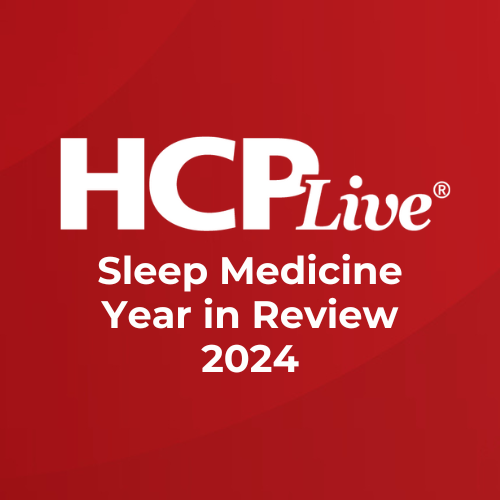Article
People at Risk of Developing OSA Commonly Withhold Reporting Trouble Sleeping
Author(s):
Risk factors for trouble sleeping identified, including female sex, former smoking, and diabetes, obstructive lung disease, daytime sleepiness, insomnia, nocturia, and/or snorting/gasping/breathing cessation during sleep.
Credit: Karolina Grabowska / Pexels

Individuals at risk of obstructive sleep apnea (OSA) often do not report having trouble sleeping to healthcare providers (HCP).1
A team, led by Staci Orbell, University of Pittsburgh School of Nursing, examined associations between sociodemographics, comorbidities, and OSA-related symptoms and reporting trouble sleeping to a healthcare providers in adults at a high risk of OSA.
Trouble Sleeping
OSA is commonly underdiagnosed and untreated. This can be partially explained by the fact that only about 33% of adults with symptoms of OSA talk to a healthcare provider about their sleep.
It is also unknown how sociodemographic and clinical factors influence communication with healthcare providers on sleep difficulties for adults at a risk of OSA.
“It is important for HCPs to ask all adults about sleep problems, recognizing that men, racial minorities, and persons with lower educational attainment may be less likely to initiate a conversation about trouble sleeping,” the authors wrote.
The Study at SLEEP
In the study, presented during the SLEEP 2023 Annual Meeting in Indianapolis, the investigators examined a sample of adult patients at a high risk of OSA (STOP-Bang of >=5 or STOP >=2 + body mass index (BMI) >35 kg/m2 or male sex) from the 2015-2018 National Health and Nutrition Examination Survey (n = 2009).
Each participant was asked whether they ever reported to a doctor trouble sleeping.
The study also focused on specific OSA-related symptoms including daytime sleepiness, fatigue, insomnia, nocturia, snoring, and snorting/gasping/breathing cessation during sleep.
The mean age of the patient population was 53.21 years and the mean body mass index (BMI) was 34.76 + 0.25 kg/m2.
The results show 50.8% of patients reported trouble sleeping to a healthcare provider.
There were various risk factors for trouble sleeping identified, including female sex, former smoking, and diabetes, obstructive lung disease, daytime sleepiness, insomnia, nocturia, and/or snorting/gasping/breathing cessation during sleep.
On the other hand, snoring was not a significant predictor.
The investigators also found various demographic factors that made it less likely to report trouble sleeping.
“Not reporting trouble sleeping to an HCP among adults at high risk for OSA is common,” the authors wrote. “Differences in sex, race, education, smoking status, comorbidities, and OSA-related symptoms exist between whose who have and have not reported trouble sleeping to an HCP.”
The investigators also identified insomnia and snorting/gasping/breathing cessation during sleep as the strongest symptom-related factors linked to reporting trouble sleeping to a healthcare provider.
References:
Staci Orbell and others, 0496 Factors Associated with the Report of Trouble Sleeping to Healthcare Providers in Adults at High Risk for Obstructive Sleep Apnea, Sleep, Volume 46, Issue Supplement_1, May 2023, Pages A220–A221, https://doi.org/10.1093/sleep/zsad077.0496




